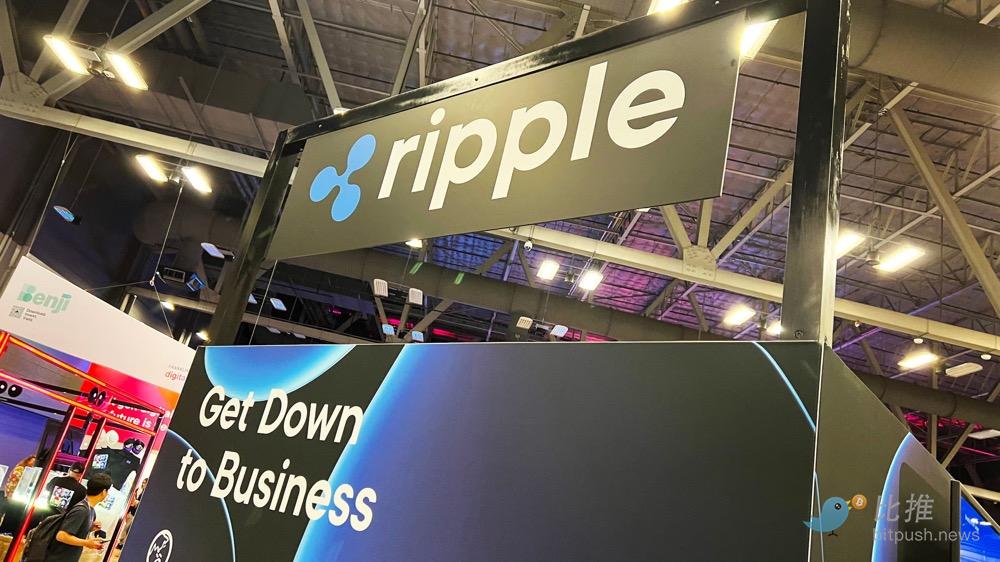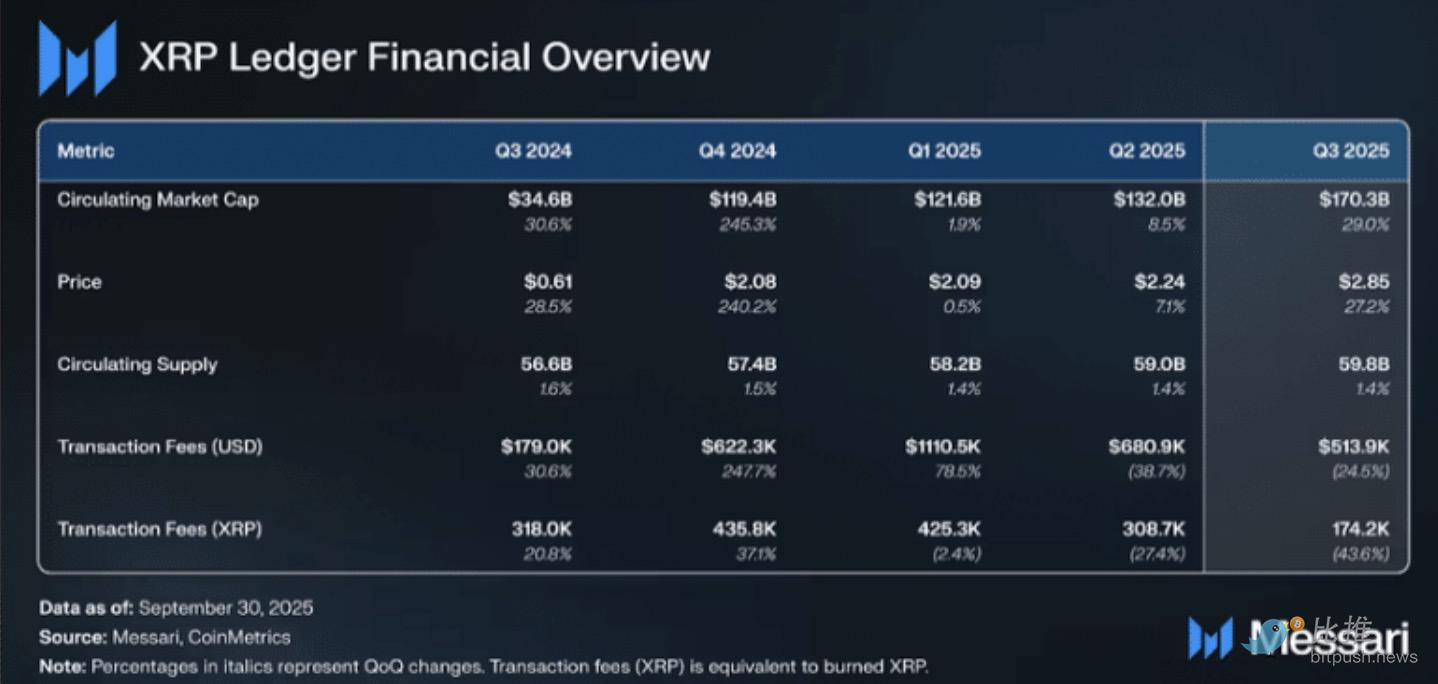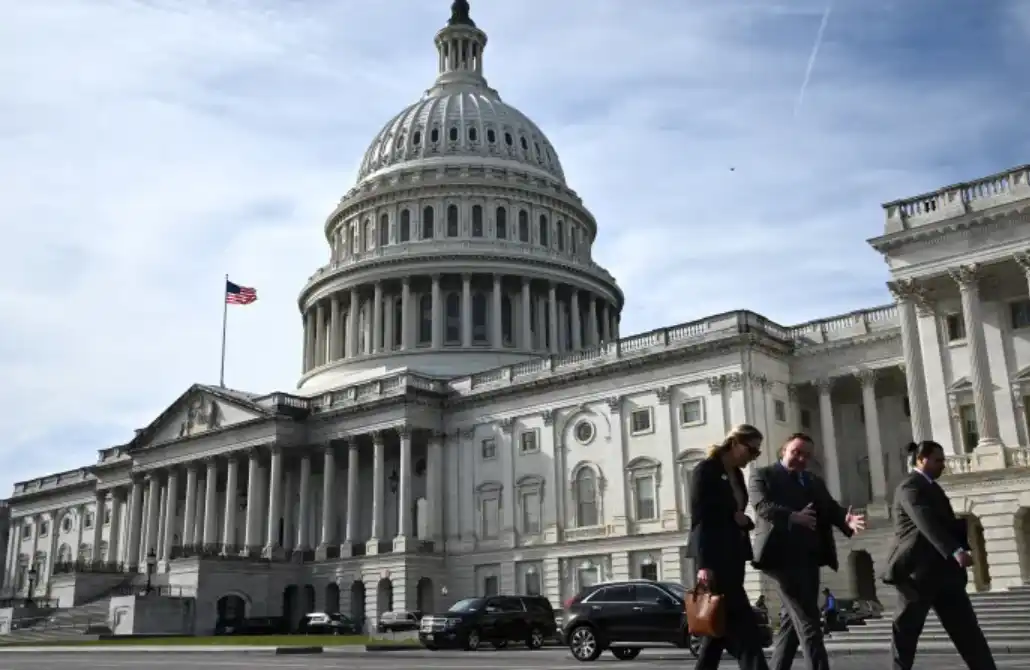Wall Street’s Calculation: What Does $500 Million Buy in Ripple?
In November 2025, Ripple Labs announced it had secured a new round of strategic financing worth $500 million, pushing the company’s valuation up to $40 billion. This marks the crypto finance company’s first public fundraising in six years and the largest capital injection since its Series C round in 2019.

More importantly, the capital factions behind this round are extraordinary: Wall Street giants Fortress Investment Group and Citadel Securities led the round, joined by well-known institutions such as Pantera Capital, Galaxy Digital, Brevan Howard, and Marshall Wace.
For those who have heard of Ripple, this can be considered a “comeback”—is this really the same Ripple that was once mired in an SEC lawsuit and even regarded as a “zombie company”?
From “Master Storyteller” to “Compliance Disaster Zone”
Founded in 2012, Ripple is one of the oldest projects in the crypto space, with its core technology being the XRP Ledger, a decentralized ledger designed specifically for cross-border payments. Ripple has developed payment and settlement systems based on this, and its token XRP was a global sensation between 2017 and 2018, ranking among the top three by market cap, second only to Bitcoin and Ethereum.
However, as the token price plummeted and the reality of “inflated” partnerships surfaced, Ripple’s narrative of “bank-level cooperation” began to collapse.
During this period, Forbes published an article directly pointing out that Ripple’s core business model might be a “pump and dump” scheme: Ripple used its massive XRP holdings to buy partnerships, creating a false sense of prosperity, and used ambiguous statements to evade regulation. Its ultimate goal was not to truly promote the technology, but to boost the value of its freely obtained tokens through marketing and hype, allowing insiders to cash out for profit.
In December 2020, regulatory crackdown arrived.
The U.S. Securities and Exchange Commission (SEC) sued Ripple for “unregistered securities sales,” accusing it of illegally raising over $1.3 billion through XRP.
This was the most significant regulatory battle in the crypto industry.
The chain reaction from the lawsuit was devastating: mainstream exchanges such as Coinbase and Kraken quickly delisted XRP; long-term partner MoneyGram terminated cooperation; and the price of XRP plummeted by more than 60% in the following month. Ripple not only suffered business setbacks but was also thoroughly blacklisted for compliance.
Strategic Transformation
This years-long tug-of-war cost Ripple nearly $200 million in legal fees, but it also won crucial breathing room and some favorable court rulings, buying valuable time for strategic transformation.
In 2024, Ripple officially launched its USD-pegged stablecoin RLUSD, focusing on compliance and targeting financial institutions for payments and settlements. Unlike USDT and USDC, RLUSD is not designed as an “exchange stablecoin,” but rather attempts to enter traditional credit card and cross-border clearing systems.
In 2025, Ripple announced partnerships with Mastercard, WebBank, Gemini, and others to use RLUSD for real-time credit card settlements, making it the world’s first on-chain stablecoin to enter card network systems.
This not only opens up the B2B channel for stablecoin applications but also paves the way for Ripple’s integration with the real-world financial system.
To build a complete on-chain financial capability, Ripple carried out a series of targeted acquisitions between 2023 and 2025:
-
Acquisition of Metaco: Gained institutional-grade digital asset custody technology, laying the foundation for serving large financial institutions.
-
Acquisition of Rail: Obtained stablecoin issuance and management systems, accelerating the rollout of RLUSD.
-
Acquisition of Hidden Road: Filled the final gap in institutional credit networks and cross-border clearing capabilities.
Through these acquisitions, Ripple’s system capabilities have expanded from single cross-border payments to a full-stack financial infrastructure of “stablecoin issuance + institutional custody + cross-chain clearing.”
The Truth Behind the $40 Billion Valuation
On the surface, Ripple’s transformation path seems to be widening.
But seasoned players in the capital markets see a different picture.
To understand the real logic behind this financing, one must recognize Ripple’s essence: a massive “digital asset treasury.”
At the genesis of XRP, 80 billion of the 100 billion tokens were placed under Ripple’s custody. As of now, the company still holds 34.76 billion tokens, with a nominal market value exceeding $8 billion—twice its fundraising valuation.

According to several venture capitalists, the $500 million deal is closely related to the purchase of XRP held by Ripple, and was likely acquired at a price far below the spot price.
From an investment perspective, investors are essentially buying an asset at 0.5 times its mNAV (market value to net asset value ratio). Even if a 50% liquidity discount is applied to the XRP holdings, the value of these assets still matches the company’s valuation.
A person familiar with the matter told Unchained: “Even if they can’t successfully build the business themselves, they can just buy another company outright.”

A venture capitalist commented: “This company has no value other than holding XRP. No one uses their technology, and there’s no interest on the network/blockchain.”
Other community members said: “Ripple’s equity itself may not be worth much, certainly not $40 billion.”
One participant revealed the real logic: “The payments track is just too hot right now, and investors need to bet on multiple horses in the race.”
Ripple is just one of them—a horse that may be technically mediocre, but has extremely abundant fodder (XRP reserves).
For Ripple, this is a win-win situation:
-
Stabilize valuation: “Officially” set the $40 billion valuation in the private market, providing a pricing benchmark for early investors to exit.
-
Avoid selling pressure: Use the financing cash for acquisitions, avoiding the market impact of selling XRP.
From this perspective, Ripple’s story has become the most classic of financial tales: about assets, about valuation, about liquidity management.
From the defendant’s seat at the SEC to the meeting rooms of Wall Street, Ripple’s journey mirrors the entire crypto industry’s shift from idealism to realism. If Ripple in the past was the pinnacle of “narrative economics,” then today, it demonstrates how, when the tide recedes, project teams can achieve a “soft landing” by relying on the most fundamental asset strength.
Author: Seed.eth
Disclaimer: The content of this article solely reflects the author's opinion and does not represent the platform in any capacity. This article is not intended to serve as a reference for making investment decisions.
You may also like
Crypto Market Macro Report: US Government Shutdown Leads to Liquidity Contraction, Crypto Market Faces Structural Turning Point
In November 2025, the crypto market experienced a structural turning point. The U.S. government shutdown led to a contraction in liquidity, pulling about 20 billions USD out of the market and intensifying capital shortages in the venture capital sector. The macro environment remains pessimistic.

Market volatility intensifies: Why does Bitcoin still have a chance to reach $200,000 in Q4?
Institutional funds continue to buy despite volatility, targeting a price level of $200,000.

Key Market Intelligence for November 6: How Much Did You Miss?
1. On-chain funds: $61.9M flowed into Hyperliquid today; $54.4M flowed out of Arbitrum. 2. Largest price changes: $SAPIEN, $MMT. 3. Top news: ZEC surpassed $500, marking a 575% increase since Naval’s call.

Robinhood is building a financial institution tailored for the new generation
Robinhood's crypto revenue grew by 300% in the third quarter, with total revenue reaching $1.27 billions.

